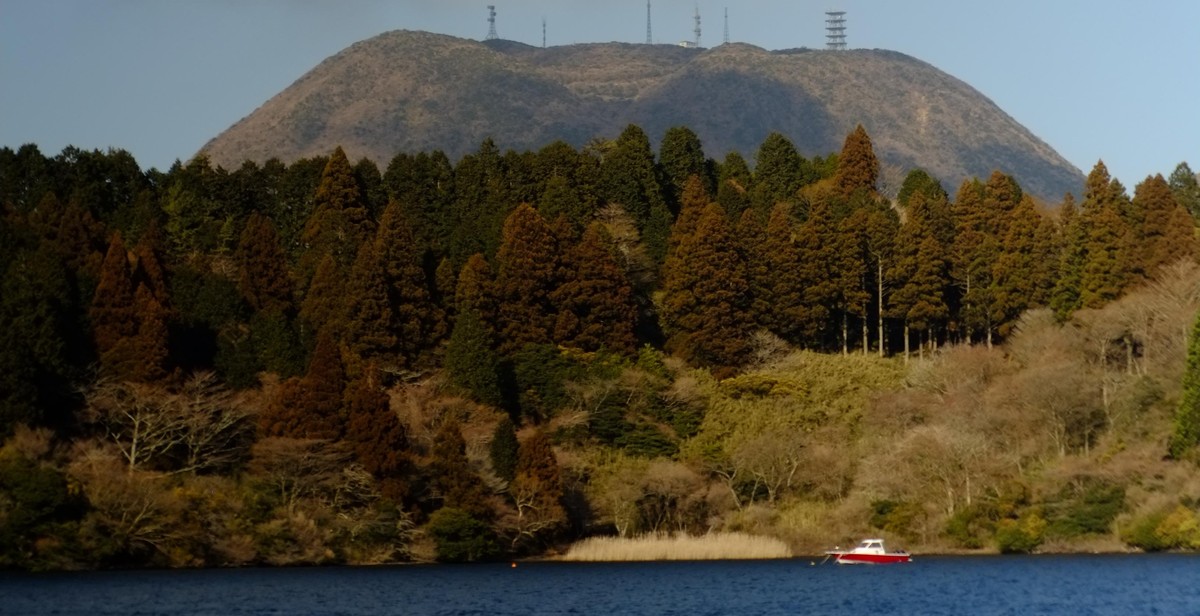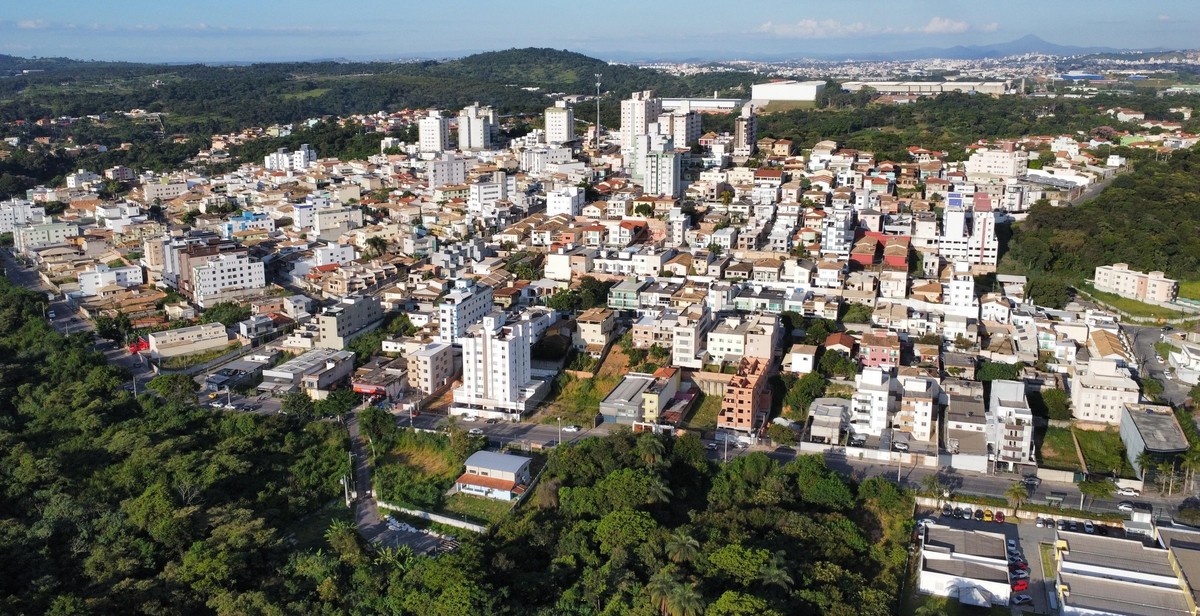How to Conduct a Volcano Risk Assessment: Evaluating Hazards and Vulnerabilities in Volcanic Zones
Volcanic eruptions can cause significant damage to life, property, and infrastructure in the surrounding areas. Therefore, it is crucial to evaluate the risks associated with living or working in volcanic zones. A volcano risk assessment is a comprehensive evaluation of the potential hazards and vulnerabilities in an area prone to volcanic activity.
Why is a volcano risk assessment important?
A volcano risk assessment helps identify the potential hazards and risks associated with living or working in a volcanic zone. It also helps in developing effective mitigation strategies to reduce the impact of volcanic eruptions on life and property. By conducting a volcano risk assessment, you can identify the critical infrastructure and facilities that need to be protected and prioritize the allocation of resources for emergency response and planning.
What are the key steps in conducting a volcano risk assessment?
The key steps in conducting a volcano risk assessment include:
- Identifying the hazards associated with volcanic activity in the area
- Assessing the likelihood of an eruption occurring
- Evaluating the potential impact of an eruption on life, property, and infrastructure
- Assessing the vulnerabilities of critical infrastructure and facilities
- Developing mitigation and emergency response plans
By following these steps, you can develop a comprehensive understanding of the risks associated with living or working in a volcanic zone and take necessary measures to mitigate those risks.

Understanding Volcanic Zones
Volcanic zones refer to areas on the Earth’s surface where volcanic activity is prevalent. These zones are usually characterized by the presence of volcanoes, hot springs, geysers, and other geothermal features. Volcanic zones are found in different parts of the world, with some of the most active ones being located around the Pacific Ring of Fire.
Types of Volcanoes
There are three main types of volcanoes: shield volcanoes, cinder cone volcanoes, and composite volcanoes.
- Shield Volcanoes: These are broad, gently sloping volcanoes that are built up over time by repeated eruptions of fluid lava. Shield volcanoes are typically found in Hawaii and other hotspots around the world.
- Cinder Cone Volcanoes: These are small, steep-sided volcanoes that are formed by explosive eruptions of ash and cinders. Cinder cone volcanoes are found in many parts of the world, including the western United States.
- Composite Volcanoes: These are large, steep-sided volcanoes that are formed by alternating eruptions of lava and ash. Composite volcanoes are also known as stratovolcanoes and are found in many parts of the world, including the Andes, Japan, and the Cascades in the western United States.
Volcanic Hazards
Volcanic hazards are the different types of dangers that can be posed by volcanic activity. These hazards can include:
- Lava Flows: These are streams of molten rock that can flow downhill at speeds of up to 60 miles per hour. Lava flows can destroy anything in their path, including buildings, roads, and vegetation.
- Ash and Tephra Fall: These are small particles of volcanic ash and rock that can be carried by the wind for hundreds of miles. Ash and tephra fall can cause respiratory problems, damage to crops, and disruptions to air travel.
- Pyroclastic Flows: These are fast-moving clouds of hot gas and ash that can travel at speeds of up to 450 miles per hour. Pyroclastic flows can destroy everything in their path, including buildings and vegetation.
- Lahars: These are fast-moving mudflows that are formed by the mixing of volcanic ash and water. Lahars can travel long distances and can cause significant damage to buildings, roads, and bridges.
- Volcanic Gases: These are gases, such as sulfur dioxide and carbon dioxide, that are released during volcanic eruptions. These gases can be toxic and can cause respiratory problems for people and animals.
| Hazard | Description |
|---|---|
| Lava Flows | Streams of molten rock that can destroy buildings, roads, and vegetation. |
| Ash and Tephra Fall | Small particles of volcanic ash and rock that can cause respiratory problems and disruptions to air travel. |
| Pyroclastic Flows | Fast-moving clouds of hot gas and ash that can destroy everything in their path. |
| Lahars | Fast-moving mudflows that can cause significant damage to buildings, roads, and bridges. |
| Volcanic Gases | Toxic gases that can cause respiratory problems for people and animals. |
Understanding the different types of volcanic hazards is important for conducting a volcano risk assessment. By evaluating the hazards and vulnerabilities in volcanic zones, scientists and emergency managers can develop plans to mitigate the impacts of future volcanic eruptions.

Conducting a Volcano Risk Assessment
Volcanic eruptions can be highly unpredictable and can cause significant damage to people, property, and the environment. Conducting a volcano risk assessment is essential to evaluate hazards and vulnerabilities in volcanic zones and develop effective mitigation strategies to reduce the impact of potential eruptions.
Step 1: Identify Hazards
The first step in conducting a volcano risk assessment is to identify potential hazards associated with volcanic activity. This includes assessing the likelihood of different types of eruptions, such as explosive eruptions, lava flows, lahars, and pyroclastic flows, and their potential impact on the surrounding environment and communities.
Volcanic hazards can vary depending on the location, type, and history of the volcano. For example, a stratovolcano is more likely to produce explosive eruptions compared to a shield volcano, which is more likely to produce lava flows. Therefore, it is important to understand the specific characteristics of the volcano and its surrounding area.
Step 2: Assess Vulnerabilities
The next step is to assess vulnerabilities in the area surrounding the volcano. This includes identifying the population at risk, critical infrastructure, and natural resources that may be affected by a volcanic eruption.
Population vulnerability can be assessed by mapping the distribution of people and communities in the area and identifying their proximity to potential hazards. Critical infrastructure, such as hospitals, schools, and transportation systems, should also be identified and evaluated for their vulnerability to volcanic hazards.
Natural resources, such as water sources and agricultural land, can also be impacted by volcanic activity. Assessing the vulnerability of these resources can help identify potential impacts on the local economy and environment.
Step 3: Analyze Risks
The final step in conducting a volcano risk assessment is to analyze the risks associated with potential volcanic hazards and vulnerabilities. This includes evaluating the likelihood and potential consequences of different types of eruptions and their impact on the surrounding area.
Risk analysis can be conducted using a variety of tools and techniques, such as GIS mapping, hazard modeling, and scenario planning. The results of the risk analysis can be used to develop mitigation strategies to reduce the impact of potential eruptions, such as evacuation plans, early warning systems, and land-use planning.
Overall, conducting a volcano risk assessment is a critical step in evaluating hazards and vulnerabilities in volcanic zones and developing effective mitigation strategies. By identifying potential hazards, assessing vulnerabilities, and analyzing risks, communities can better prepare for potential volcanic eruptions and reduce their impact on people, property, and the environment.

Mitigating Volcano Risks
After conducting a thorough risk assessment of a volcanic zone, it is important to develop strategies to mitigate the risks identified. Effective risk mitigation measures can reduce the impact of a volcanic eruption and save lives.
Preparing Emergency Plans
One of the most important risk mitigation measures is to prepare emergency plans. Emergency plans should be developed in advance and communicated to all stakeholders. The plan should include evacuation procedures, communication protocols, and identification of safe zones.
Emergency plans should also include provisions for the elderly, disabled, and other vulnerable populations who may require special assistance during an evacuation. Regular drills and exercises should be conducted to ensure that everyone is familiar with the emergency plan.
Reducing Vulnerabilities
Another effective way to mitigate volcano risks is to reduce vulnerabilities. Vulnerabilities can be reduced by implementing building codes that are designed to withstand volcanic activity. Building codes should be enforced and regularly updated to reflect new information about volcanic hazards.
Infrastructure such as roads, bridges, and power lines should also be designed and maintained with volcanic hazards in mind. Hazardous areas should be avoided when planning new infrastructure projects.
Education and Awareness
Education and awareness are key to mitigating volcano risks. Communities located in volcanic zones should be educated about the hazards they face and how to prepare for them. This can be done through public awareness campaigns, community meetings, and the distribution of educational materials.
Education and awareness campaigns should focus on the importance of emergency preparedness, evacuation procedures, and the identification of safe zones. Communities should also be made aware of the potential health hazards associated with volcanic eruptions, such as respiratory problems caused by ashfall.
| Measure | Description |
|---|---|
| Emergency Plans | Develop and communicate emergency plans to all stakeholders |
| Building Codes | Implement and enforce building codes that are designed to withstand volcanic activity |
| Infrastructure Planning | Avoid hazardous areas when planning new infrastructure projects |
| Education and Awareness | Conduct public awareness campaigns and distribute educational materials |

Conclusion
In conclusion, conducting a volcano risk assessment is a crucial step in evaluating hazards and vulnerabilities in volcanic zones. As we have seen, the process involves identifying potential hazards, assessing their likelihood and impact, and evaluating the vulnerability of communities and infrastructure in the affected areas.
It is important to involve multiple stakeholders in the risk assessment process, including scientists, emergency managers, government officials, and community members. This can help ensure that all perspectives are taken into account and that the resulting risk assessment is comprehensive and effective.
Once a risk assessment has been completed, it is essential to develop and implement strategies to mitigate and manage risk. This may include measures such as improving early warning systems, developing evacuation plans, and strengthening infrastructure in vulnerable areas.
Ultimately, the goal of a volcano risk assessment is to reduce the impact of volcanic eruptions on communities and infrastructure. By following the steps outlined in this article and working collaboratively with stakeholders, it is possible to achieve this important objective.
References:
- UNDRR. (2019). Global Assessment Report on Disaster Risk Reduction 2019. Retrieved from https://gar.undrr.org/
- USGS. (n.d.). Volcano Hazards Program. Retrieved from https://www.usgs.gov/natural-hazards/volcano-hazards
- Wadge, G. (2019). Volcano hazard assessments: a review of methods and challenges. Journal of Applied Volcanology, 8(1), 1-18. doi: 10.1186/s13617-019-0086-5
